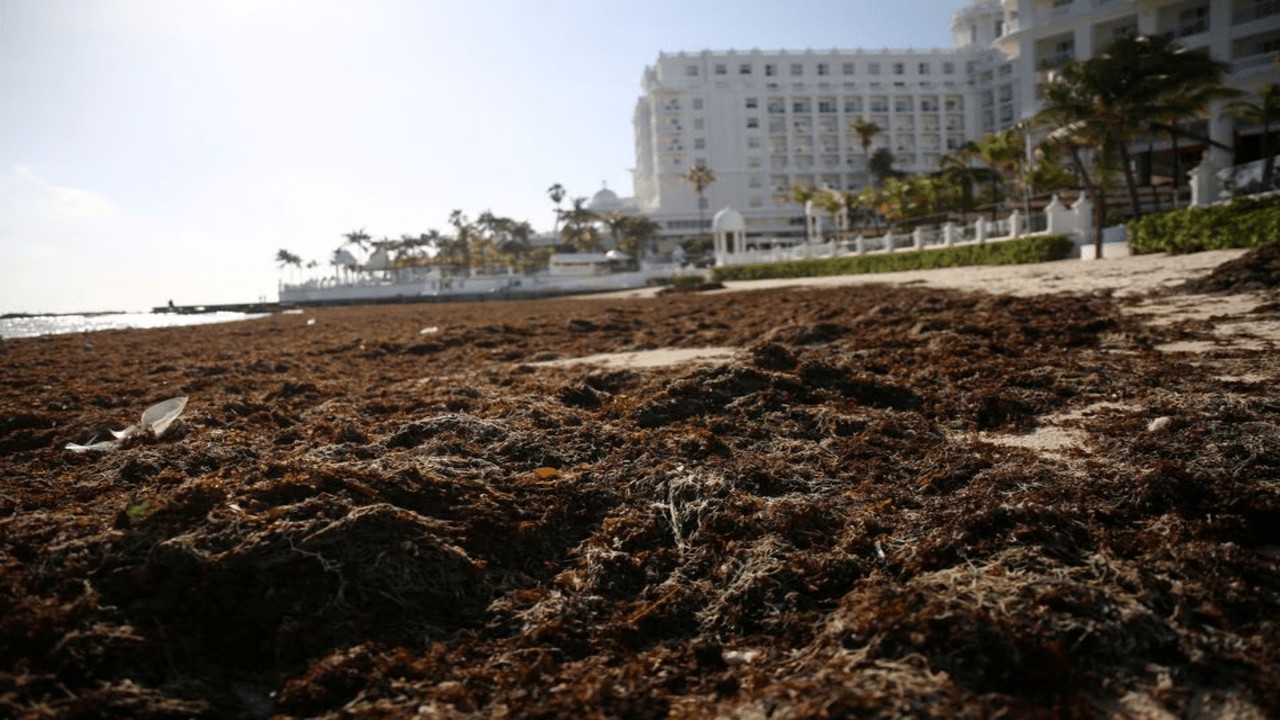Massive seaweed blob threatens Florida, spanning twice the width of the US
A massive sargassum seaweed blob, visible from space, poses a threat to beaches in Florida and Mexico.

FLORIDA (TechtUSA) - A vast expanse of sargassum seaweed blob moving toward Florida has captured the attention of many. This sargassum blob covers around 5,000 miles and is visible from space, as per a report by CNN.
This enormous clump of seaweed is circulating in the Gulf of Mexico and Atlantic, and it is expected to cover the beaches with a spongy goop that emits a pungent odor reminiscent of rotten eggs.

Since 2011, scientists have observed a series of massive sargassum blooms in the Atlantic, and the latest one could be the biggest yet. The huge mass of seaweed is moving west through the Caribbean, and large mats of it have already washed up on beaches in Cancún, Mexico, and Florida.
It threatens environment and tourism in Caribbean region
According to Chuanmin Hu, an oceanographer at the University of South Florida who monitors blob using satellite imagery, the blob has a foul smell that repels tourists.
While sargassum serves as a natural habitat for various marine animals and helps in absorbing carbon dioxide, it has also been causing problems when it washes ashore. Over the last few decades, scientists have observed a significant increase in the amount of sargassum washing up on shorelines in piles that can be as high as five to six feet, causing obstructions and other issues.
Although the cause of the massive sargassum blobs are still being debated, researchers believe that the seasonal occurrence of the seaweed is likely linked to the discharge of pollution from major waterways. It is suspected that phosphorus and nitrogen, which the algae feed on, are regularly washed into the oceans as runoff from fertilizers used in agriculture.







